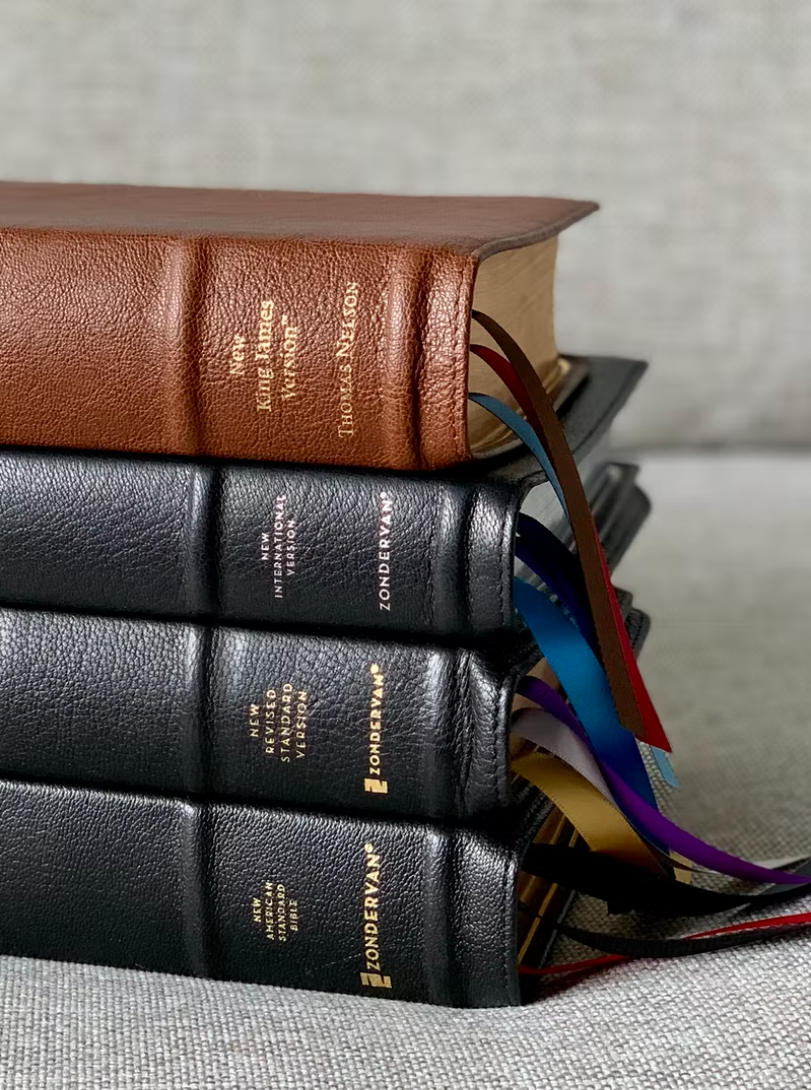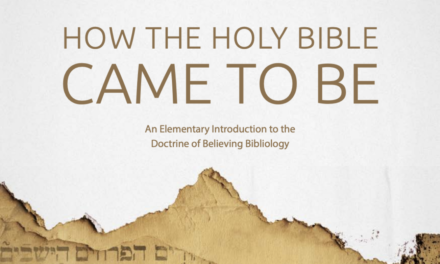
Why Are There
So Many
Bible Versions?
By Jeffrey T. Riddle
In the English speaking world, we have an abundance of translations and there seem to be several new ones coming out each year. Why are there so many different modern translations? How does one translation differ from another? How do I choose a good translation for my personal reading and study? Let’s look at these three questions in turn:
First: Why are there so many different modern translations?
One reason there are so many English translations of the Bible is the fact that English is perhaps the most widely spoken and written language on the planet. Like Greek, Latin, and French before it, English is the lingua franca (common language) of our times.
Another reason is that there are various book publishing and ministry organizations that see financial and practical benefit in producing new translations.
Finally, some believe that there have been advances in textual study and translation philosophy, and this leads them to want to produce what they believe are new and improved translations.
Second: How does one translation differ from another?
There are two key factors that distinguish translations of the Bible:
1. The first significant issue is that of text.
From what base text of the original language Scriptures (Hebrew Old Testament and Greek New Testament) will the translation be made? There are two foundational texts from which translations are made:
(1) The traditional text which generally represents the vast majority of Biblical manuscripts and from which the various translations of the Protestant Reformation era were made; and
(2) The modern critical text, which has emerged since the late nineteenth century.
The choice of the underlying text from which to make a translation will be critical. In general, the modern critical text is shorter than the traditional text, either omitting altogether, removing to footnotes, or placing in brackets various verses, words, and phrases. The two biggest examples of textual differences are the account of the woman caught in adultery (the pericope adulterae) in John 7:53—8:11 and the traditional ending of Mark’s Gospel (Mark 16:9-20). The modern critical text puts both these passages in brackets and modern translations made from this text usually do the same, adding a note suggesting that these passages were not part of the earliest and best texts of the New Testament.
At present, there are only three English translations that are consistently based on the traditional text: The Geneva Bible, The King James Version (KJV), and the New King James Version (NKJV). All other contemporary English translations are based on the modern critical text.
2. Translation philosophy:
There are two schools of thought:
(1) The Formal Correspondence method. This approach attempts to translate “word for word” from the original language text.
(2) The Dynamic Equivalence method. This approach attempts to translate “thought for thought” from the original language text.
Among translations that attempt the “word for word” method are the King James Version (KJV), the New King James Version (NKJV), and the New American Standard Bible (NASB). Among translations that attempt the “thought for thought” method are the Today’s English Version (TEV or Good News Bible) and the Contemporary English Version (CEV). Some translations, like the New International Version (NIV) and the English Standard Version (ESV), are a mixture of both approaches.
I recommend that when examining any Bible translation you take a few minutes to read carefully the brief preface (usually no more than 2-3 pages) at the front of most editions. In that preface the editors will generally tell you both the text and translation philosophy of that particular version.
Third: How do I choose a good translation for my personal reading and study?
Most of you know that my preference in English Bibles is for a translation that (1) follows the traditional original language texts and that (2) is based on the Formal Correspondence translation method. I prefer the traditional text, because I believe it best reflects the doctrine of the divine preservation of Scripture (see the Westminster Confession of Faith, and Second London Baptist Confession of Faith, article one on the Scriptures). I also prefer the Formal Correspondence Method, because I believe it best reflects a belief in the verbal plenary (full) inspiration of Scripture where every jot and tittle of Scripture is significant (see Matthew 5:18: “For verily I say unto you, Till heaven and earth pass away, one jot or one tittle shall in no wise pass from the law, till all be fulfilled.”). When it comes to English translations this leaves our best current choices as the Geneva Bible, the King James Version, and the New King James Version.




